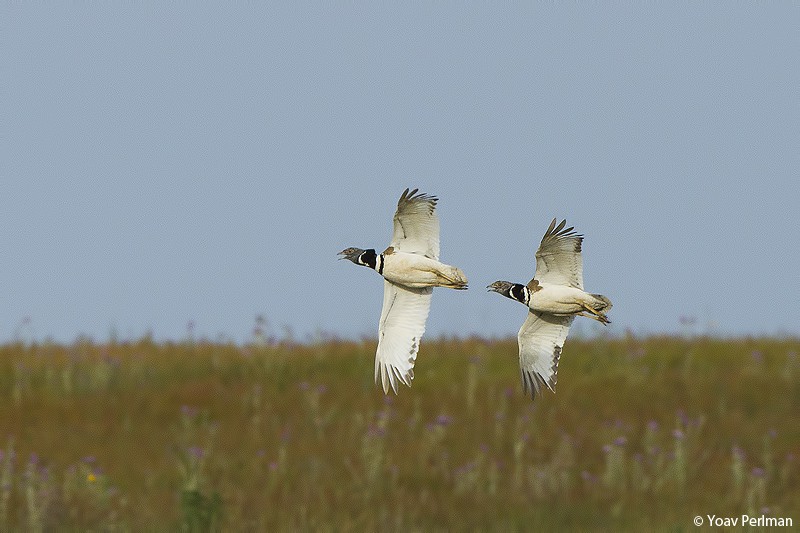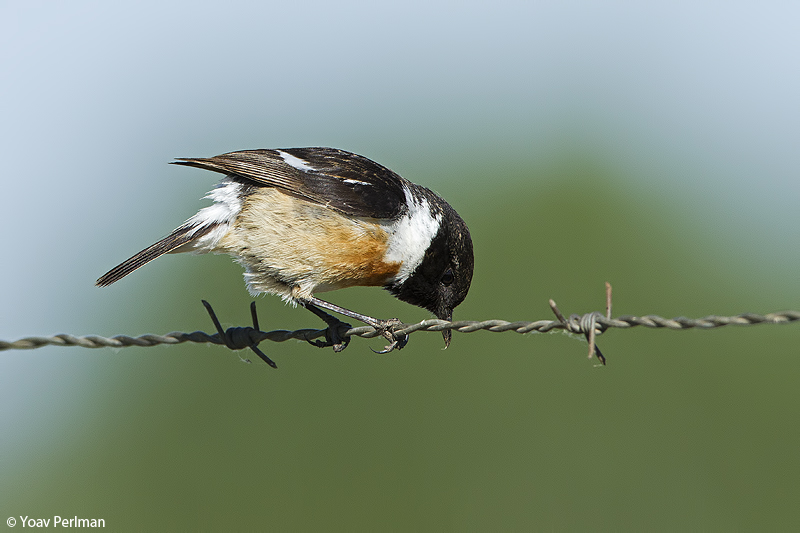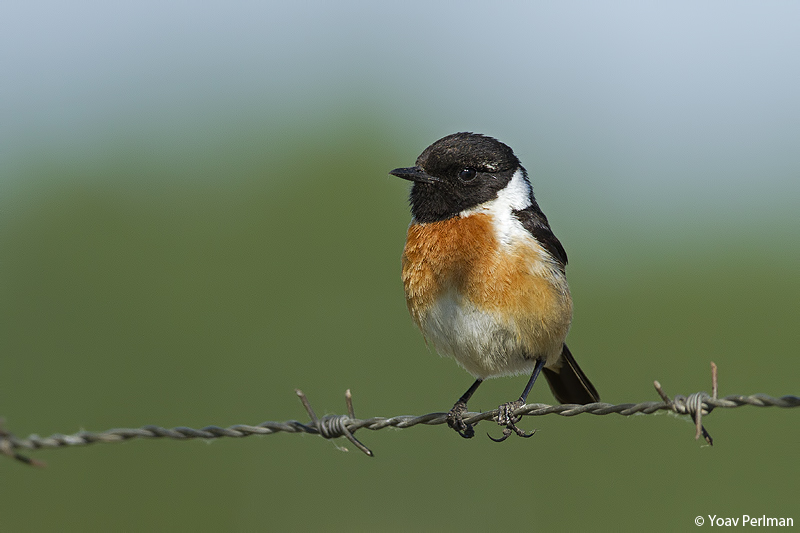Sorry for the recent slow rate of new posts. I am very busy with fieldwork and have little time to blog. Anyway, in recent days we worked both in Alentejo and in an adjacent section of Extremadura, near Olivenza. It is interesting to witness conservation issues in different colours and flavours. I can’t wait to analyse my data, to see if the differences we witness in land-use and infrasturcture affect steppe bird communities too. Generally, in the Olivenza region of Extremadura things are even worse than in northern Alentejo. More on this below.
In most areas we visit Little Bustards are seen, albeit in low densities. They are such stunning birds, I can’t get enough of them. Yesterday evening the light was perfect, the weather was lovely, and these two males chased each other in hot pursuit, giving their whizzing wing flaps. Note the unique structure of the primaries that creates this special sound – it is not moult. They were so busy with each other that they did not pay attention to me and made several (relatively) near passes.
Interestingly, the offensive male chasing the other off was less bright:
Looking good on the deck too:
Little Bustard is of serious conservation concern. In a recent study by SEO (BirdLife Spain), a decline of 50% in population size was noted since the last census 10 years ago. A similar trend occurred in Portugal too. These declines will surely affect the global conservation status, that is currently Near Threatened.
Work in Olivenza was very difficult, with complicated access to the study sites, too many fences, no field fringes or tracks to walk on, and extremely intensive agriculture, with very little pastoral land. The (almost) only good thing there is the abundance of Melodious Warblers in weedy field edges. We also had several Spectacled Warblers in shitty habitats.
Melodious Warbler
Typical scenery of NW Badajoz. Powerlines and hay fields. Hay fields were shown to be ecological traps. Hay fields are cut early in the season, when still green (note the mower in the back). Birds breeding in these fields lose their nests. Check this interesting study by Nuno Faria et al. (2016).
Apart for making my photos ugly, fences are a serious cause of bird mortality. More fences, more mortality. This unfortunate Moorhen found its death on a fence in the middle of a pasture:
And to finalize the morbid theme, this morning I found a dead fox cub by its den – don’t know the cause. Maybe poison?
But there are some good things happening too, and we see fine birds and mammals. We are working in full power, and hopefully our data will help conservation here. Yesterday I saw a Polecat (too quick to pap), and the other day I had three Choughs near Vila Fernando in Alentejo that were quite unusual.
Some random bird photos from recent days:
Woodlarks are present in low densities in Montado / Dehesa habitat
Check the huge and clean white rump of this continental European Stonechat:
And his missus:
Some dramatic sunsets recently
Yoav Perlman
I have been birding since the age of 9, and from the age of 15 I started working professionally in birding. I have been working for the Israeli Ornithological Center since 1998. I was a member of the Israeli rarities committee between 2001 - 2007. I have an MSc in Ecology from the Ben Gurion University. I did my research on the ecology of Nubian Nightjars in Israel, and spent hundreds of nights with these fascinating birds. I lead tours in Israel, and especially focus on Nubian Nightjars obviously. I traveled and birded Asia extensively, and also Europe, Australia, New Zealand, Africa and North America. I am married to my lovely wife Adva and father to two sons - Uri and Noam, and one daughter - Libby. Currently I live in Norwich, where I am starting a PhD project at UEA.




















Leave a Reply